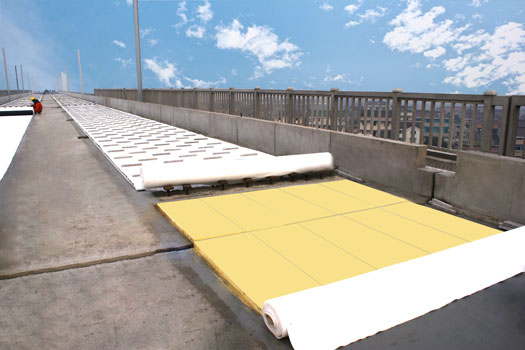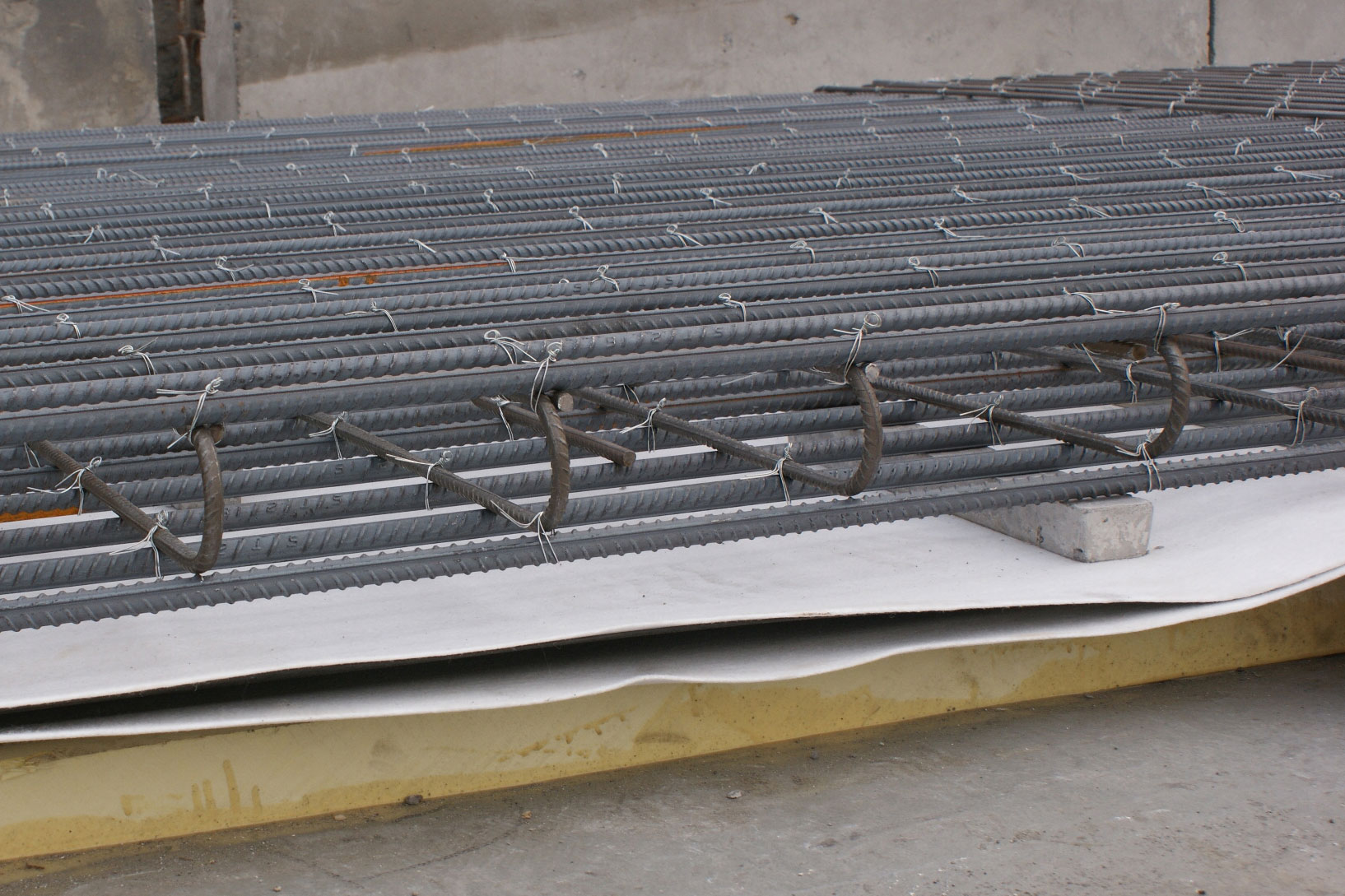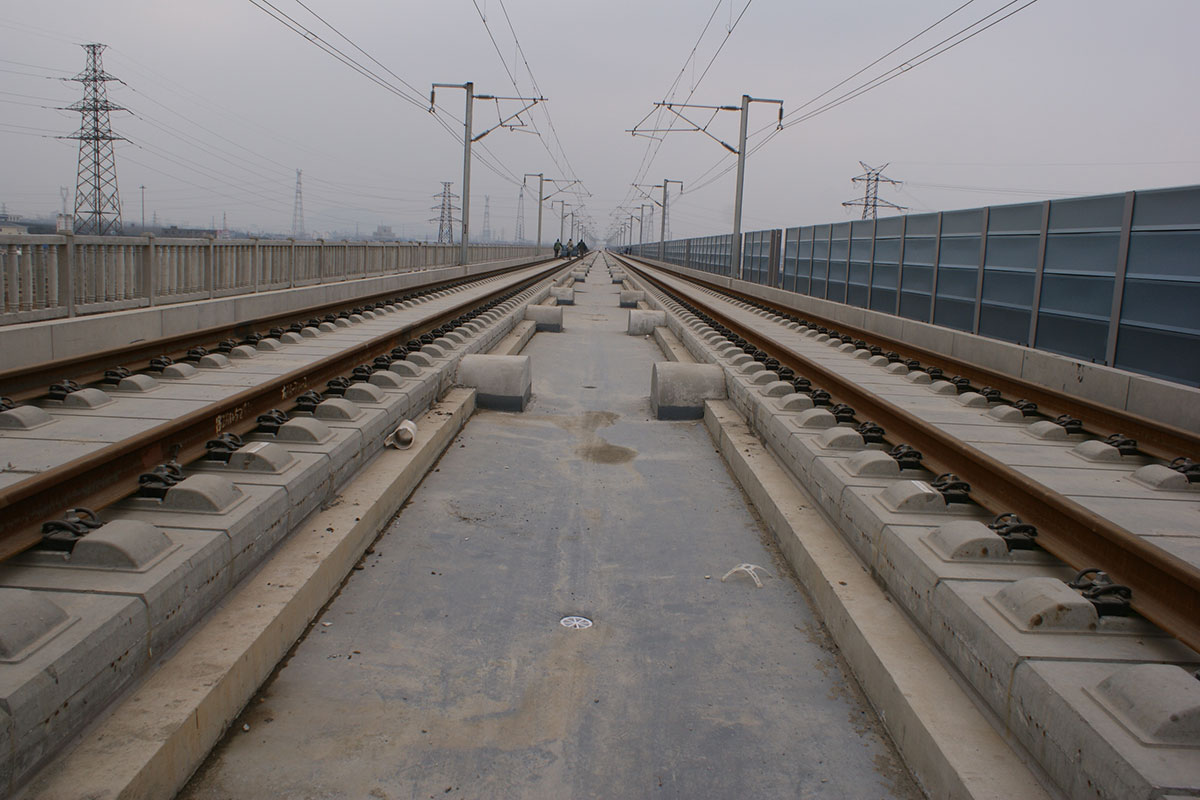Long-term commitment to the R & D and manufacturing of extruded board insulation materials, a new service platform
Production workshop feeding volume per hour 2 tons, daily output 1000 cubic meters

Detailed explanation of high-strength XPS extruded board technology for high-speed rail projects: From material characteristics to engineering applications
1. Material definitions and core performance indicators
1. material
A closed-cell honeycomb structure board is made by extrusion molding using polystyrene resin as the substrate, adding flame retardants, anti-aging agents and other additives.The balance of performance of "high strength + low thermal conductivity + weather resistance" is achieved through formula optimization.

2. Core functions and application scenarios in high-speed rail projects
1. Four major technical values
Vibration damping and buffering: Absorb the wheel-rail impact force when the train is running at high speed, and reduce the subgrade vibration transmissibility through elastic deformation of the plate;
Noise reduction and sound insulation: The closed-hole structure blocks the sound transmission structure and cooperates with the track vibration reduction system to achieve comprehensive noise reduction;
Thermal insulation: Prevent subgrade frost heaving (cold area) or thermal expansion (high temperature area), and maintain the temperature stability of the track structure (temperature difference fluctuation ≤5℃/24h);
Structural support: The uniformly distributed load capacity is ≥50kN/㎡, meeting the foundation rigidity requirements of CRTS III slab ballastless track.
2. typical application scenarios
Ballastless track base: laid between the concrete base and the subgrade. For example, 30mm thick high-strength XPS plates are used for the subgrade section of the Beijing-Shanghai high-speed railway;
Bridge noise barrier foundation: used to isolate bridge structural noise in the Yellow River Bridge section of the Zhengji High-speed Railway;
Tunnel cold-proof layer: In the Harbin-Dalian high-speed railway tunnel group, composite aluminum foil XPS plates prevent dew condensation on the lining.

3. Technical innovations of XPS boards for high-speed rail
1. Formulation optimization technology
Add nano-scale silica fillers to improve the creep resistance of the plate;
Weather-resistant modifiers are used to keep the board flexible in the environment of-40 ℃~70℃.
2. Structural design upgrade
Surface grooving treatment: Horizontal grooves with a spacing of 50mm and a depth of 3mm are provided on the top surface of the board to enhance the adhesion with the concrete protective layer;
Composite reinforcement layer: Some projects use a three-layer composite structure of "XPS board + glass fiber mesh cloth + polymer mortar" to improve crack resistance.
3. Functional integration innovation
Special board for cold areas: built-in electric heating wire, which is automatically heated by the temperature control system to prevent the roadbed from heaving (such as the Badaling Section of the Beijing-Zhangjiakou High-speed Railway);
Anti-electromagnetic interference board: The surface is coated with 0.1mm thick aluminum foil to shield the electromagnetic radiation of the high-speed rail traction power supply system.
IV. Future development trend
1. Fusion of lightweight and high strength: Reduce density through nano-foaming technology while maintaining compressive strength;
2. Intelligent monitoring integration: Built-in optical fiber sensor to monitor the compressive deformation and temperature changes of the plate in real time (such as the application in the Beijing-Binhai Intercity Test Section);
3. Green recycling technology: Develop recyclable XPS boards, which are scrapped and chemically depolymerized to re-prepare polystyrene raw materials.
If you need to obtain technical plans or test reports for specific projects, you can provide line environmental parameters (such as design speed, rail temperature range, geological conditions) for customized analysis.
1. Material definitions and core performance indicators
1. material
A closed-cell honeycomb structure board is made by extrusion molding using polystyrene resin as the substrate, adding flame retardants, anti-aging agents and other additives.The balance of performance of "high strength + low thermal conductivity + weather resistance" is achieved through formula optimization.

2. Core functions and application scenarios in high-speed rail projects
1. Four major technical values
Vibration damping and buffering: Absorb the wheel-rail impact force when the train is running at high speed, and reduce the subgrade vibration transmissibility through elastic deformation of the plate;
Noise reduction and sound insulation: The closed-hole structure blocks the sound transmission structure and cooperates with the track vibration reduction system to achieve comprehensive noise reduction;
Thermal insulation: Prevent subgrade frost heaving (cold area) or thermal expansion (high temperature area), and maintain the temperature stability of the track structure (temperature difference fluctuation ≤5℃/24h);
Structural support: The uniformly distributed load capacity is ≥50kN/㎡, meeting the foundation rigidity requirements of CRTS III slab ballastless track.
2. typical application scenarios
Ballastless track base: laid between the concrete base and the subgrade. For example, 30mm thick high-strength XPS plates are used for the subgrade section of the Beijing-Shanghai high-speed railway;
Bridge noise barrier foundation: used to isolate bridge structural noise in the Yellow River Bridge section of the Zhengji High-speed Railway;
Tunnel cold-proof layer: In the Harbin-Dalian high-speed railway tunnel group, composite aluminum foil XPS plates prevent dew condensation on the lining.

3. Technical innovations of XPS boards for high-speed rail
1. Formulation optimization technology
Add nano-scale silica fillers to improve the creep resistance of the plate;
Weather-resistant modifiers are used to keep the board flexible in the environment of-40 ℃~70℃.
2. Structural design upgrade
Surface grooving treatment: Horizontal grooves with a spacing of 50mm and a depth of 3mm are provided on the top surface of the board to enhance the adhesion with the concrete protective layer;
Composite reinforcement layer: Some projects use a three-layer composite structure of "XPS board + glass fiber mesh cloth + polymer mortar" to improve crack resistance.
3. Functional integration innovation
Special board for cold areas: built-in electric heating wire, which is automatically heated by the temperature control system to prevent the roadbed from heaving (such as the Badaling Section of the Beijing-Zhangjiakou High-speed Railway);
Anti-electromagnetic interference board: The surface is coated with 0.1mm thick aluminum foil to shield the electromagnetic radiation of the high-speed rail traction power supply system.
IV. Future development trend
1. Fusion of lightweight and high strength: Reduce density through nano-foaming technology while maintaining compressive strength;
2. Intelligent monitoring integration: Built-in optical fiber sensor to monitor the compressive deformation and temperature changes of the plate in real time (such as the application in the Beijing-Binhai Intercity Test Section);
3. Green recycling technology: Develop recyclable XPS boards, which are scrapped and chemically depolymerized to re-prepare polystyrene raw materials.
If you need to obtain technical plans or test reports for specific projects, you can provide line environmental parameters (such as design speed, rail temperature range, geological conditions) for customized analysis.